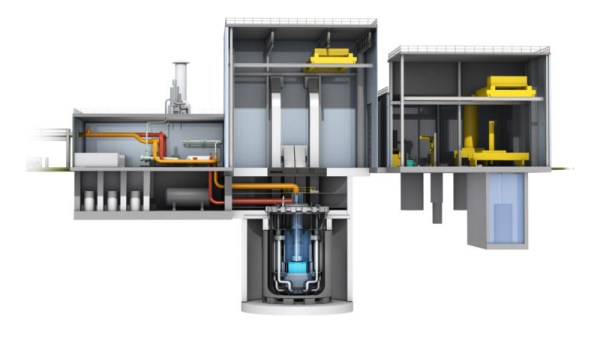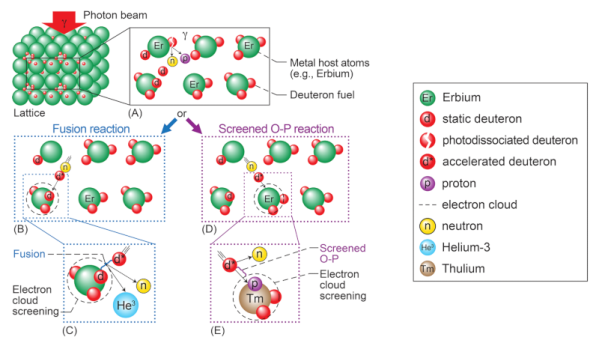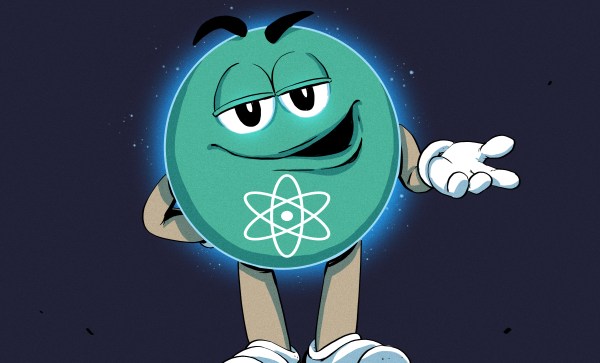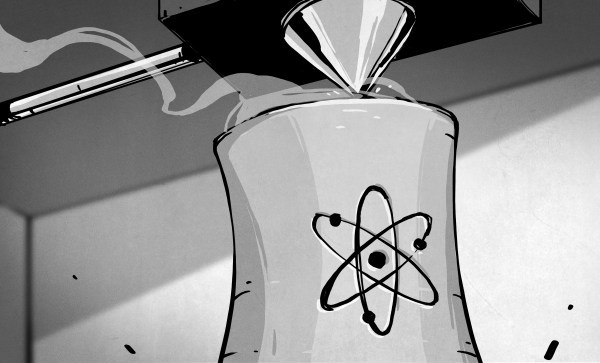We think of electric cars as a new invention, but even Thomas Edison had one. It isn’t so much that the idea is new, but the practical realization for normal consumer vehicles is pretty recent. Even in 1958, Ford wanted an electric car. But not just a regular electric car. The Ford Nucleon would carry a small nuclear reactor and get 5,000 miles without a fillup.
Of course, the car was never actually built. Making a reactor small and safe enough to power a passenger car is something we can’t do even today. The real problem, according to experts, is not building a reactor small enough but in dealing with all the heat produced.

















